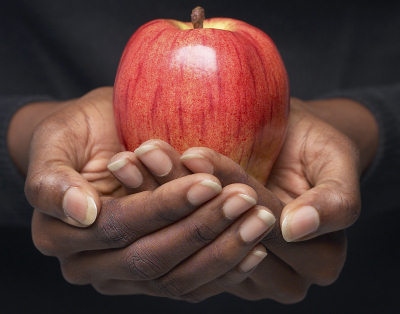Business & Finance Club - Health : Although it hasn't come close to becoming eradicated, great strides have been made when it comes to influenza. They say that necessity is the mother of invention, and in no instance has this adage proven more apropos than when it comes to the flu virus. And, the bottom line, according to the Centers for Disease Control and the medical community in general is that a person's best defense against the flu is to go on the offensive. In other words, they recommend due diligence against the illness by getting a flu shot.
How the Flu Vaccine Came to Be
The evolution of the vaccine is an interesting one. The pandemic of 1918 caused panic among the masses, as well it should have. Up to 28% of the human population had been affected; 50 million people succumbed to the illness worldwide. Even young children were aware of the seriousness of the illness, as is obvious by the following nursery rhyme: "I had a little bird, Its name was Enza; I opened up my window, and 'in-flew-Enza'".
During the throes of the epidemic, doctors tried everything, including some unorthodox regimens, to reign in the deadly strain (and at that time, it was unknown that influenza was a viral borne illness), even resorting to "bleeding" out those afflicted with it. Some tried using hydrogen peroxide IVs, which not only did nothing to placate the illness, it actually caused fatalities. According to the New York Times, one doctor injected a concoction of blister fluid, morphine, caffeine, and strychnine into patients, while some injected the typhoid vaccine (which stimulates immune reactions) into their dying wards.
There was only one method that proved to be somewhat effective in circumventing the worst symptoms
of the disease, and that was the use of blood transfusions. By transferring blood from a recovered patient to one still ailing, the sick patient began to recover.
This, in actuality, was a crude form of the flu vaccine. Not until the 1930s did scientists discover the actual virus that causes the flu. From this discovery, the United States military created the first flu vaccine used on the masses. Thus, the illness that World War I helped mercilessly spread was somewhat assuaged during the Second World War.
How Does it Work?
The blood transfusion experiment (which transferred healthy immune cells into the patient) demonstrates what the flu vaccine does for recipients: it causes antibodies that offer the body protection against the onslaught of the virus.
Every year, the vaccine changes, because unfortunately, so does the virus. A consortium of 83 countries, which compromises the Global Influenza Surveillance Network, or WHO, gathers viruses from each of their individual countries, isolates them, then sends them to WHO's Collaborative Center (CC). The WHO CC then makes an educated judgment call regarding which strains will likely cause the most mayhem. Then, a vaccine containing three strains of the virus is manufactured for the masses.
When the WHO CC correctly foresees the chief viral culprits, the vaccine is 70-90% effective. However, a simple mutation can render a vaccine that is 99.99% accurate, absolutely useless. This illustrates the difficult job WHO is up against every, single year.
Obviously, the vaccine is not a cure all. It is also less effective among those who are the most susceptible to it: the elderly. So, in addition to taking the time to get immunized, the CDC recommends daily prevention tactics (such as frequent hand washing) to guard against the illness.










